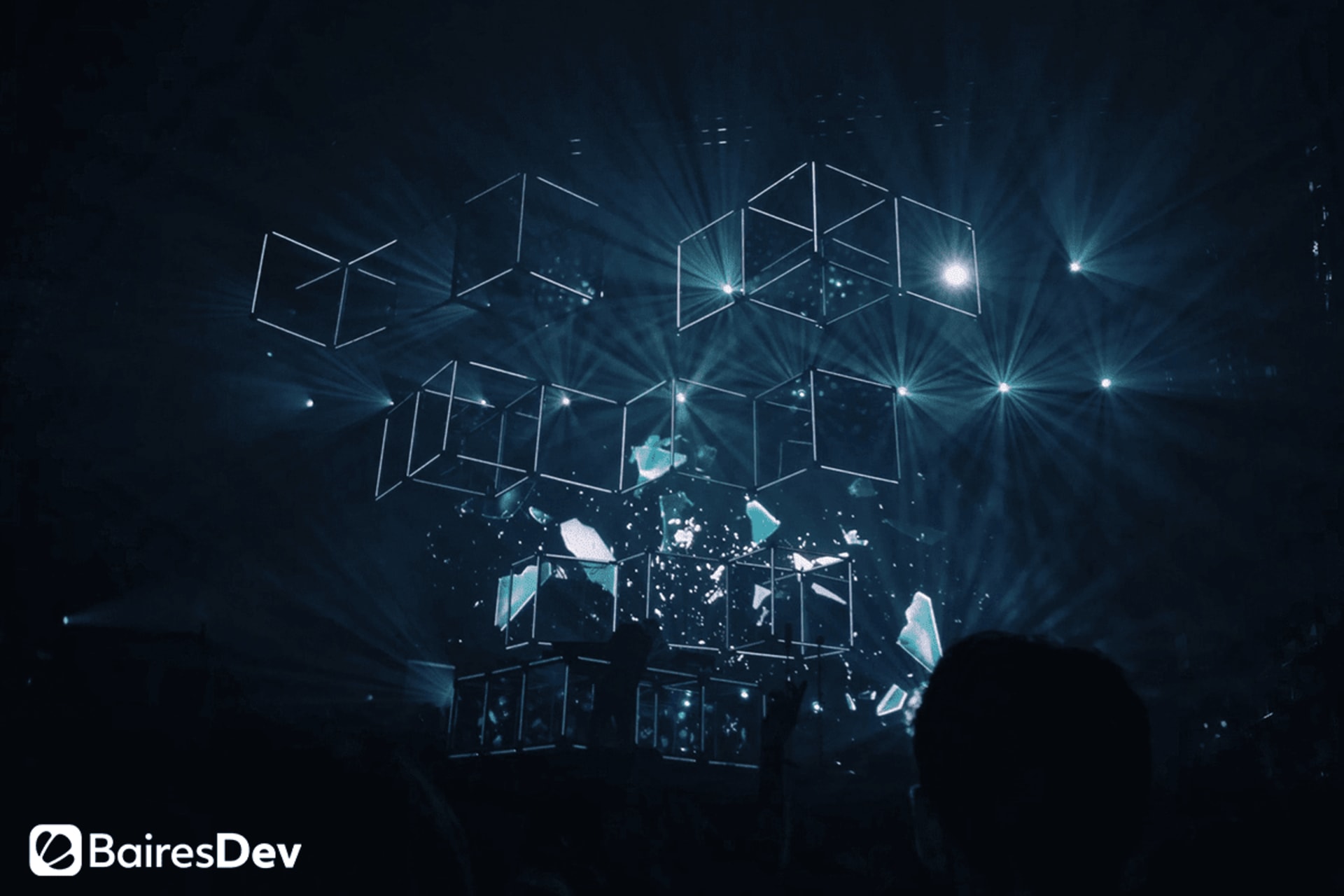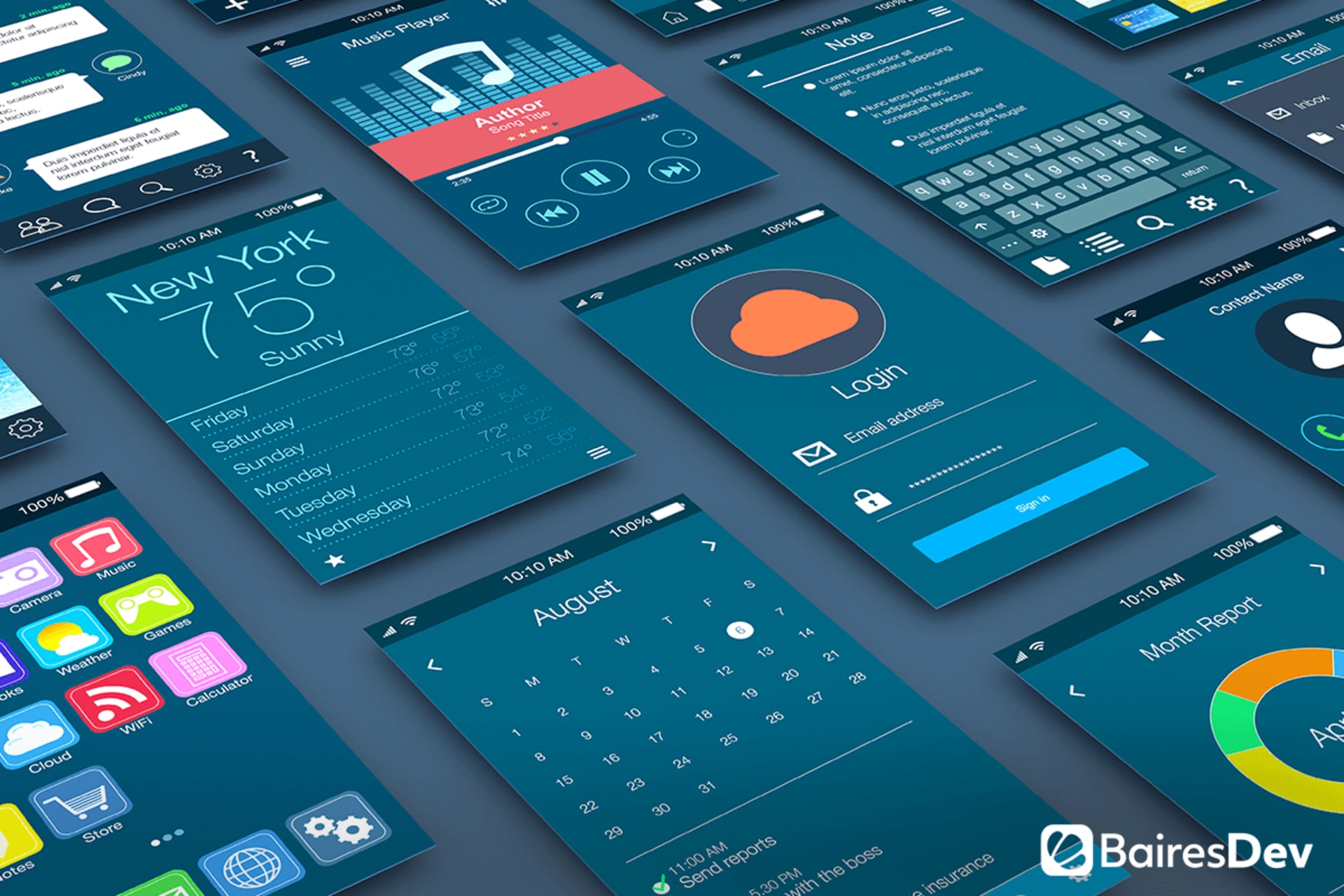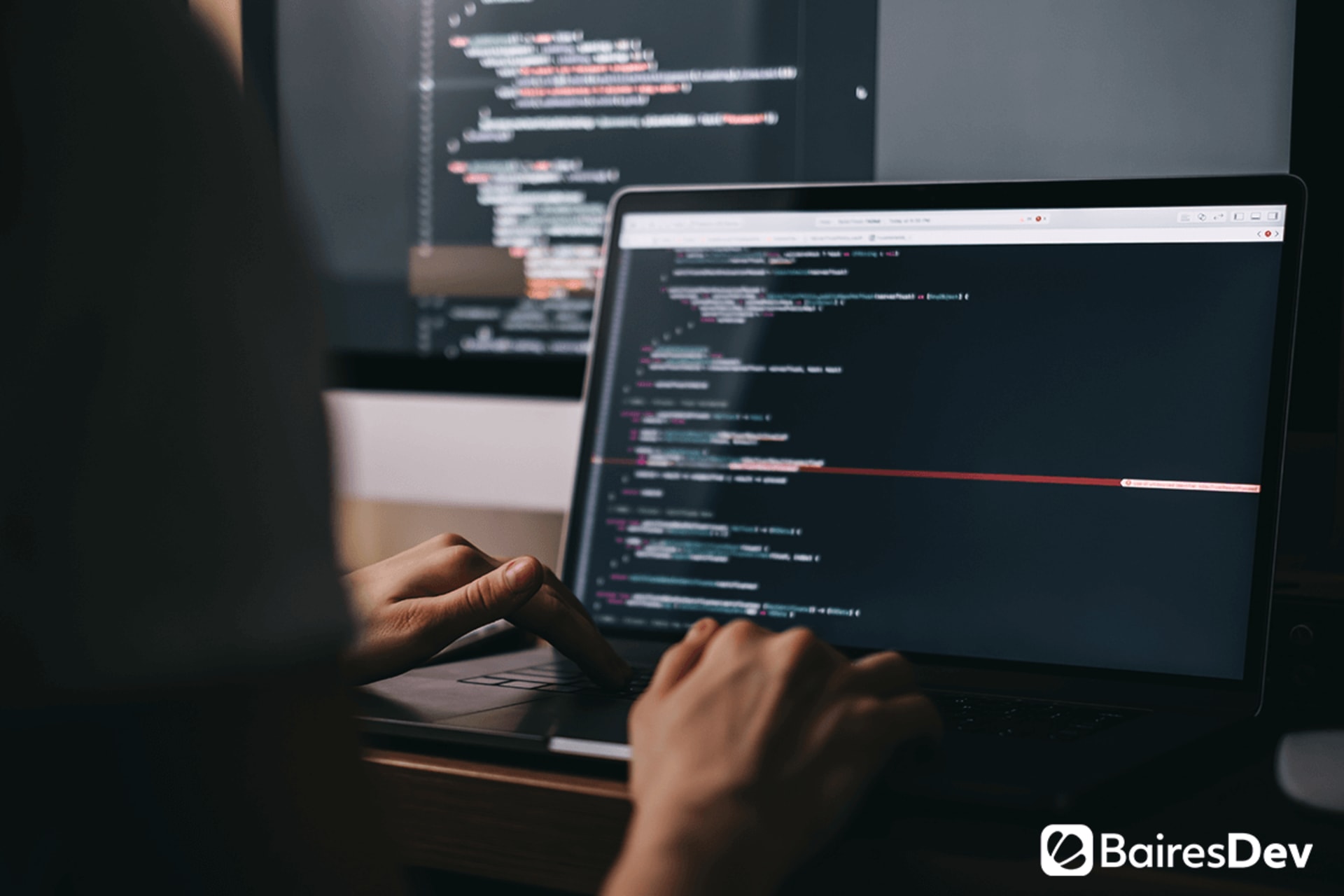Blockchain and data science are two trends you’ll most likely find in lists of the most disruptive technologies of the last few years. On the one hand, it seems that blockchain has finally broken out of the cryptocurrency circle, especially as the healthcare and supply chain industries are already implementing it to leverage blockchain’s advantages. On the other hand, data science is already an established force throughout vast sectors, powering a data-driven shift that’s having major effects in the business world.
The funny thing is that, while both are considered revolutionary on their own, not many people are trying to combine them. What makes this even stranger is that all cutting-edge technologies (both blockchain and data science, AI, the IoT, 5G, etc.) can seamlessly work together to boost each other. In fact, some of them already do that (especially data science and AI but not limited to them).
What I’m trying to say is that exploring the possible combinations can bring us many more benefits than the ones we’d be getting if we used those technologies alone. That’s especially true for the “blockchain + data science” combo, one of the least explored pairs but a potential game-changer for companies already working with data-based strategies.
So, it’s worth taking a look at what it might mean for data science to bring blockchain technology into the fold and what benefits it can provide.
Refreshing Blockchain Concepts
Before getting to the advantages of combining blockchain and data science, I think it’s important to refresh what those technologies imply. Thus, you can have a clearer understanding of the pros that come from combining the two of them.
First, there’s blockchain, a distributed ledger that consists of multiple nodes connected without a central server. The name “blockchain” comes from how the technology is conformed: a series of blocks that connect themselves to form a chain. Its main characteristics are its strong encryption for all of the blocks, its decentralized nature, and the smart contracts, a series of instructions that automatically enforce and trigger predefined actions.
Then there’s data science, probably the most well-known of the two. Its aim is easy to grasp but hard to achieve – to get valuable information from vast data sets using analysis, machine learning algorithms, statistics, and other sophisticated approaches that cleanse, organize, and process the data. Given the huge amount of data available, it’s not surprising that many companies are trying to leverage data science to understand their markets better and improve their decision-making.
With both of those definitions in mind, it’s easier to connect blockchain with data science and understand the benefits their combination can provide you.
The Blockchain – Data Science Combo
How do both of these technologies connect? Simple – through data. For one, data science is all about information analysis, which requires relevant and valid data to offer truly valuable insights. For its part, blockchain’s inherent security records data and validates it, protecting it through robust encryption. The connection is there for all to see: blockchain can help data science to cleanse the data, one of the biggest challenges any data-driven company can face.
Since data science uses data coming from multiple sources, it depends on the organization and cleansing of said data, a process that should keep valuable information and discard irrelevant, corrupt, or duplicate data. Thus, the different nodes in the blockchain could be in charge of cleansing the data and the chain would record and keep track of clean data that’s ready to be analyzed.
Data scientists could also leverage the increased security that comes from blockchain’s decentralized nature. Instead of storing clean data in a centralized network, they could distribute it in a blockchain, making it nearly impossible for malicious actors to hack or tamper the data.
How so? Because changes made in a block need the majority of the chain’s consensus, an attack should attack virtually all nodes in a blockchain to successfully corrupt any stored record.
As you can see, blockchain’s characteristics provide a robust platform to support data science efforts. Its design allows companies to cleanse and store data under high-security protocols that keep it accessible for further analysis. Let’s see 5 of the ways in which going down this route can beneficially disrupt any data science strategy.
#1 Increasing the System’s Trust
You can use blockchain to increase the reliability of the data you store there (data you’ll then use in your data science analysis). First, you can use the different nodes’ added power to cleanse the data and get rid of corrupt and duplicate data. Then, you can validate it through smart contracts that verify its relevance. And then, you can store it in the chain for future use. That way, you know you can access clean and uncorrupted data to apply your analysis, making them more trustworthy.
#2 Boosting Overall Security
Data is one of the most precious things you can have, so you have to protect it. As I mentioned before, using blockchain is better than using a centralized approach. It makes it more difficult for hackers to compromise all the nodes needed to corrupt or access sensitive information. What’s more – the blockchain can have a rule that expels any node that behaves suspiciously, acting automatically and increasing the whole system’s security even more.
#3 Combined Computational Power
Since a blockchain is a series of interconnected nodes, its overall computational power is greater than many single computers. Thus, data scientists that are members of a specific blockchain can use it to further their analysis, reducing time and costs to get to actionable outputs. This model is beneficial for everyone, especially for small organizations that don’t have the computational power to leverage data science solutions.
#4 Improved Data Sharing
Since I’ve mentioned sharing resources, it’s worth mentioning that blockchain can offer data scientists improved data sharing. Not only will you transfer data from node to node securely, but you’ll also be able to leverage data from other organizations (should they choose to share it with you, that is). That’s great, especially for bigger efforts that call for work from several organizations on the same data sets, as it allows them to work with the same clean data without having to repeat the cleansing process.
#5 Real-time Insights
All of the above converges into this – the possibility to access real-time insights. Given the increased computational power and the data sharing, you can get valuable assessments of the market in real-time, allowing you to make fast decisions to better adapt to contextual shifts and fluctuations. This can also work to protect yourself from unexpected events that could jeopardize your data science efforts.
A Winning Team That Calls For Maturity
As you can see, there are several benefits of using blockchain technology in data science efforts, mainly more security and increased computational power. This can be a game-changer for any organization, especially those struggling with adopting data science due to the lack of resources. Naturally, there are challenges that we all need to tackle before such a combination can be adopted widely.
On the one hand, we should study blockchain development costs to deploy on such a large scale, mainly because storing vast amounts of data in such a network can be very expensive. And then, there would be the need to develop agreements over the data validation and resource usage to ensure that all members of a specific blockchain get what they need from it for their data science efforts.
Don’t let that discourage you, though. As blockchain development becomes more and more popular, more organizations will get interested in it and provide a ripe field for these considerations. Hopefully, we’ll see this combination shortly and even more – a combination of blockchain, data science, AI, cloud-based algorithms, the IoT, and many other cutting edge technologies that can create an even more powerful environment for everyone.
If you enjoyed this article, be sure to check out our other articles about Blockchain Technology:







